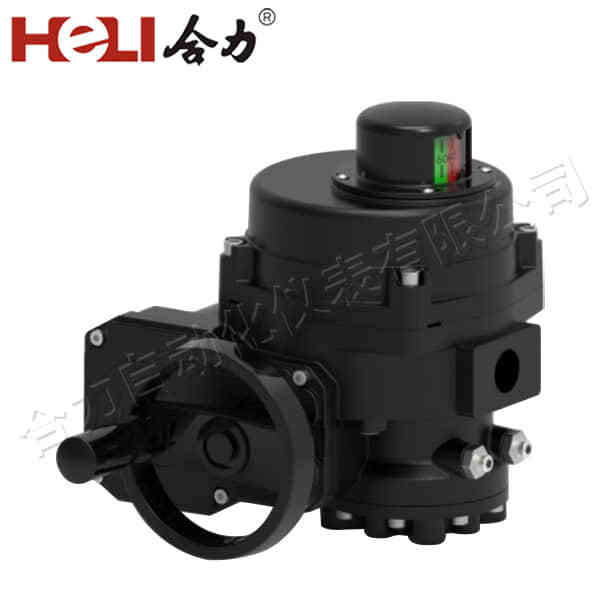The Electric Actuator Valve is an essential component in modern automation systems, offering precise control over the flow of liquids, gases, and other fluids in various industries. These valves are powered by electric actuators, which convert electrical energy into mechanical motion to control valve position. Electric actuator valves have gained immense popularity in industries like oil and gas, water treatment, and manufacturing due to their efficiency, reliability, and the ability to integrate seamlessly into automated systems.

What is an Electric Actuator Valve?

An electric actuator valve consists of two main parts: the electric actuator and the valve itself. The electric actuator is a device that uses an electric motor to turn a valve’s stem or disc, adjusting the valve’s position to control the flow of fluids. The actuator is typically powered by an electric signal, and its position is monitored by sensors that relay feedback to a control system, ensuring the valve operates precisely according to the required specifications. The valve component can be a ball valve, butterfly valve, gate valve, or globe valve, depending on the application. These valves are designed to either fully open, fully close, or regulate the flow by varying the valve opening based on control signals from a central controller or automated system.
